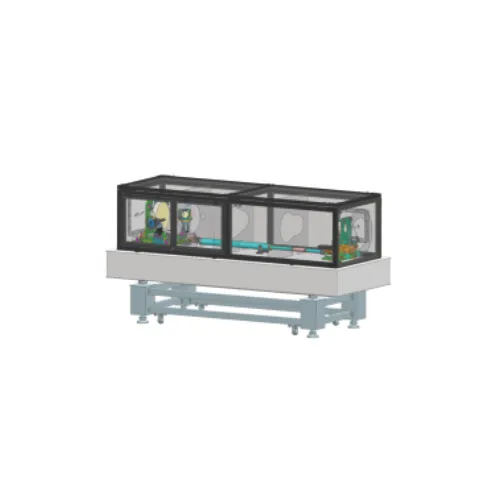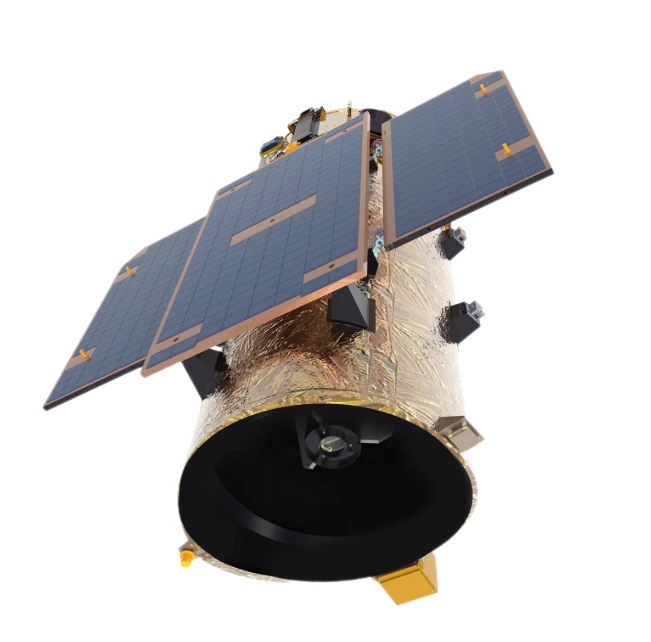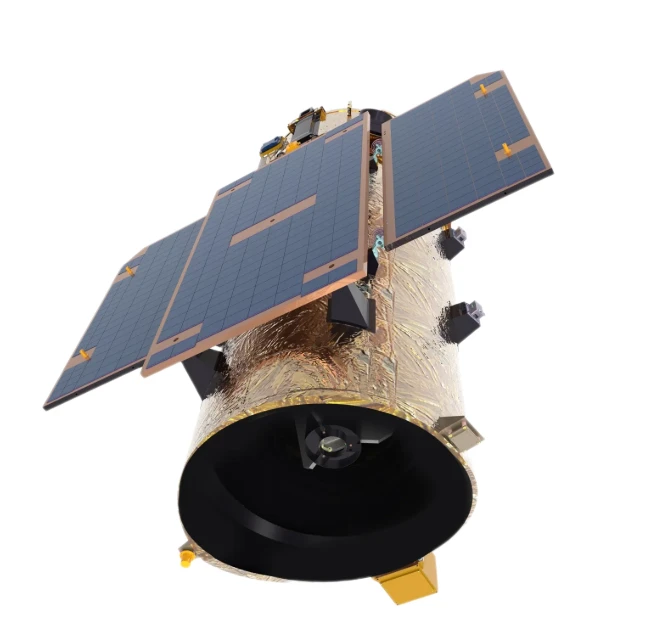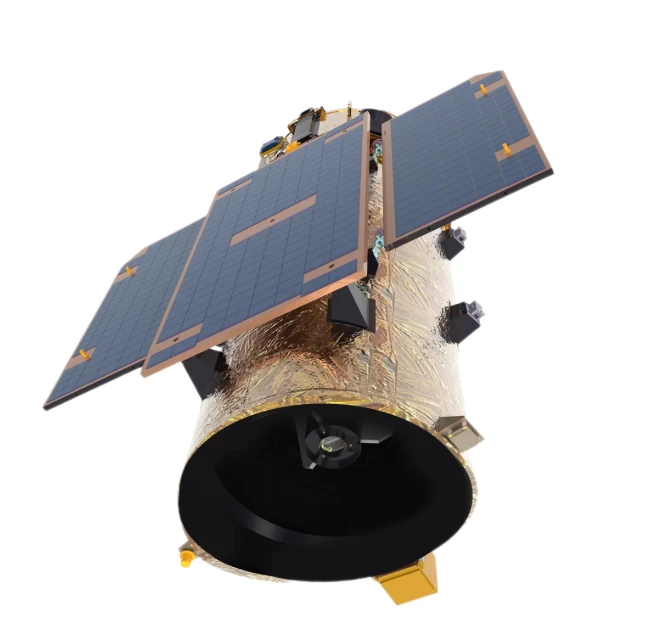
- Moafrika
- Sealbania
- Seamharic
- Searabia
- Searmenia
- Se-Azerbaijani
- Sebasque
- Sebelarusia
- Benghali
- Sebosnia
- Se-Bulgaria
- Secatalan
- Sebuano
- China
- Corsican
- Secroatia
- Czech
- Sedanishe
- Se-Dutch
- Senyesemane
- Esperanto
- Seestonia
- Sefinnishe
- Sefora
- Sefrisia
- Segalician
- Segeorgia
- Sejeremane
- Segerike
- Segujarati
- Secreole sa Haiti
- Hausa
- siwaiian
- Seheberu
- Che
- Miao
- Se-Hungary
- Seiceland
- igbo
- Seindonesia
- irish
- Setaliana
- Sejapane
- Se-Javanese
- Kannada
- kazakh
- Khmer
- Rwanda
- Sekorea
- Sekurdish
- Sekyrgyz
- Mosebetsi
- Selatine
- Selatvia
- Selithuania
- Se-Luxembourgish
- Semacedonia
- Semalagasy
- Semalay
- Semalayalam
- Semalta
- Semaori
- Marathi
- Mongolian
- Myanmar
- tsa Nepali
- Norwegian
- Norwegian
- Occitan
- Sepashto
- Sepersia
- Sepolishe
- Sepotoketsi
- Sepunjabi
- Seromania
- Serussia
- Sesamoa
- Segaeli sa Scotland
- Seserbia
- Senyesemane
- Seshona
- Sindhi
- Sesinhala
- Seslovak
- Seslovenia
- Somalia
- Sepanish
- Sesundanese
- Seswahili
- Seswedishe
- Setagalog
- Se-Tajik
- Setamil
- Setatare
- Setelugu
- Sethai
- Se-Turkey
- Turkmen
- Seukraine
- Seurdu
- Uighur
- Seuzbek
- Sevietnam
- Welsh
- Thusa
- Yiddish
- Yoruba
- Sezulu
Off-Axis Collimator
Lintlha tsa Lihlahisoa

|
Product Model |
C320F15_OA |
|
Lighting Aperture |
Φ320mm |
|
Tsepamiso ea Bohole |
4.8m |
|
Tsamaiso ea maqhubu a tsamaiso |
better than RMS λ/20 (λ=632.8nm, central field of view) |
|
Obscuration Ratio |
Tsela ea optical ea mofuta oa off-axis paraboloid e amoheloa, ntle le litšitiso tsamaisong |
|
Mocheso o sebetsang |
20±5℃ |
|
Mmisa |
<1.5T |
|
Boholo ba Kokollo ea 'Mele o ka Sehloohong |
3.0m (L)×1.3m (W)×1.6m (H) |
The Off-Axis Collimator is a high-precision optical instrument designed to align and direct light beams in non-central optical systems. It features a set of curved mirrors or lenses that direct light along an off-axis path, allowing for parallel beam collimation without introducing spherical aberrations typically associated with traditional on-axis collimators. This design makes it ideal for use in astronomical telescopes, laser systems, and precision optical testing where high accuracy and the avoidance of optical distortions are crucial. The Off-Axis Collimator typically includes adjustable mirrors and fine-tuning mechanisms for precise alignment and ensures that light remains parallel across a wide range of wavelengths. Its ability to handle large apertures and reduce optical aberrations makes it suitable for high-performance optical systems, where even minor imperfections can lead to significant errors.
The advantages of the Off-Axis Collimator include its ability to eliminate optical distortions, such as coma and spherical aberrations, which are common in on-axis systems. This ensures that the light beam remains parallel, providing high-accuracy collimation even in demanding applications. Its compact design and adaptability make it a versatile tool in both laboratory settings and field applications, particularly for high-resolution imaging and laser systems. The collimator also offers easy integration into existing setups, improving the overall performance and precision of optical instruments without requiring significant modifications.
















